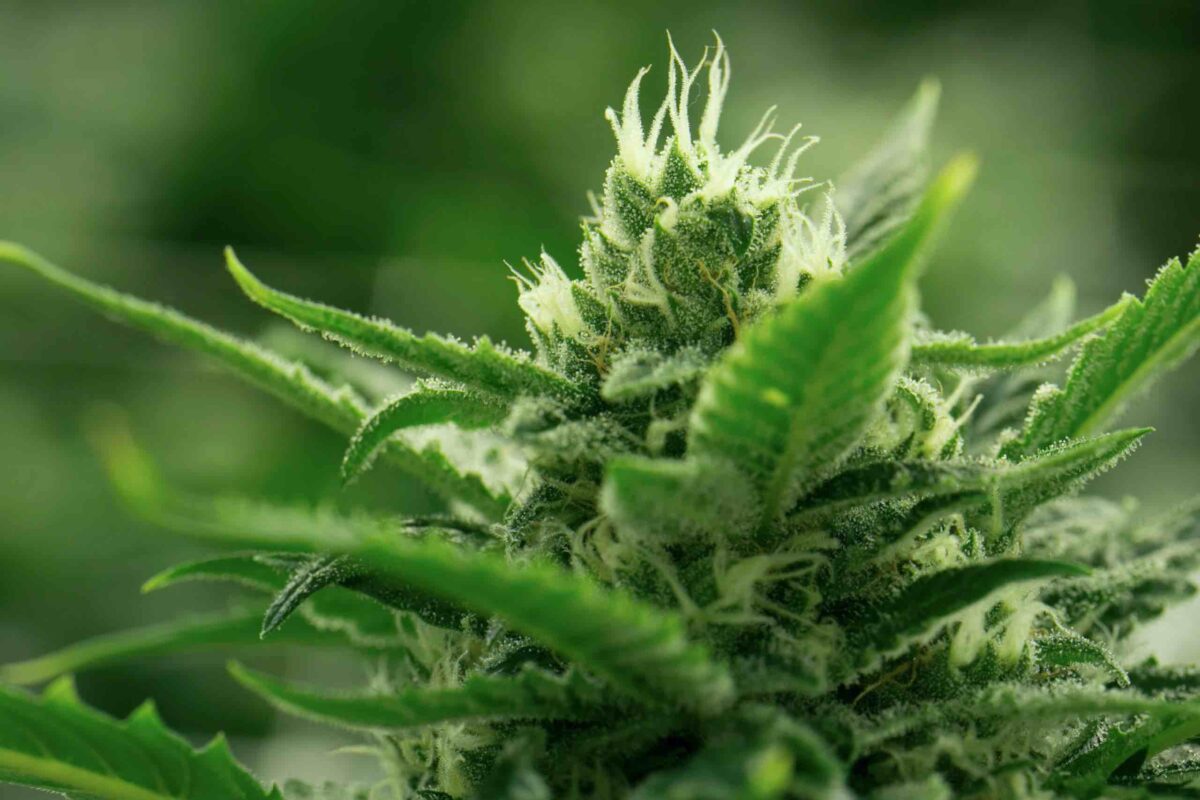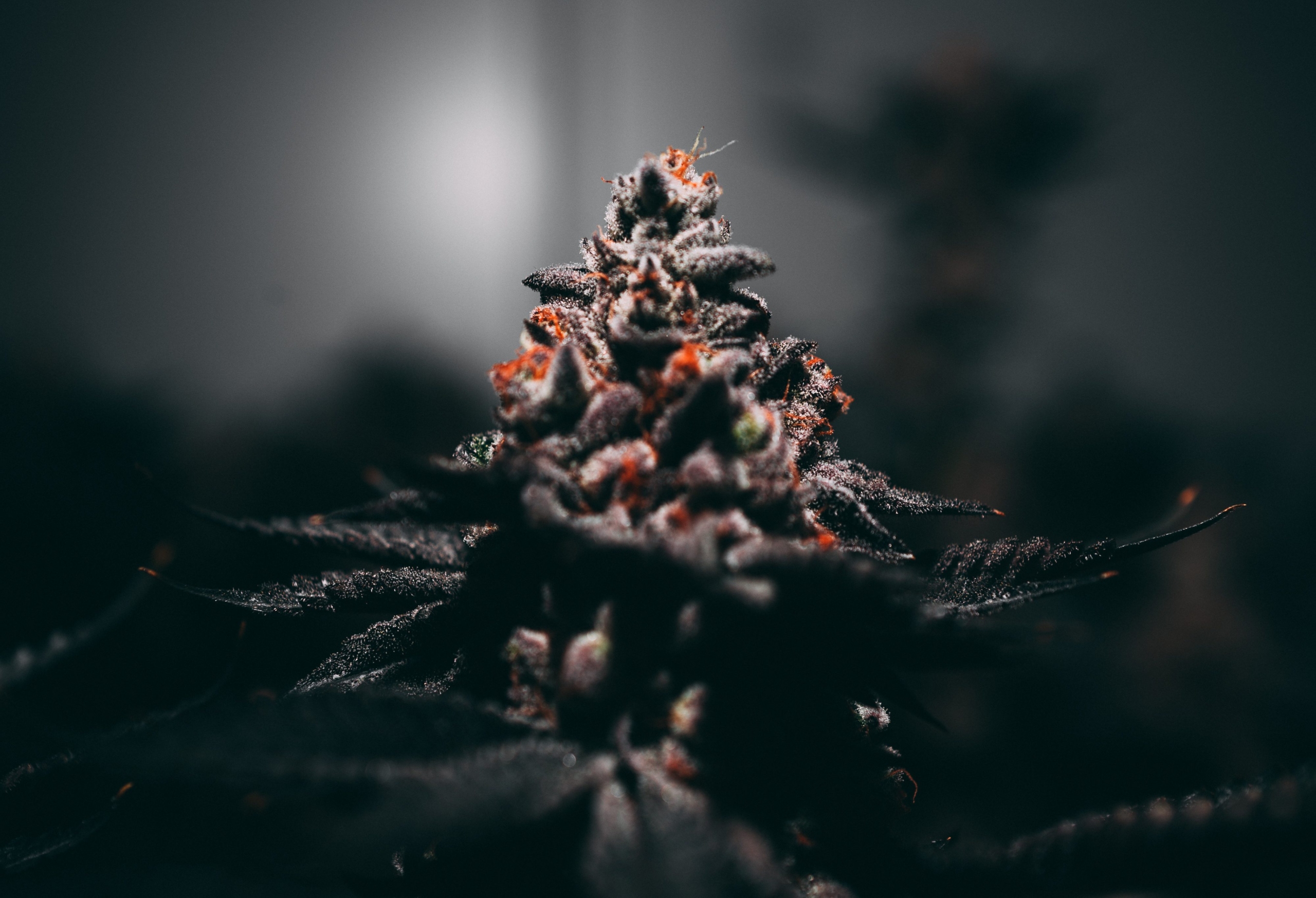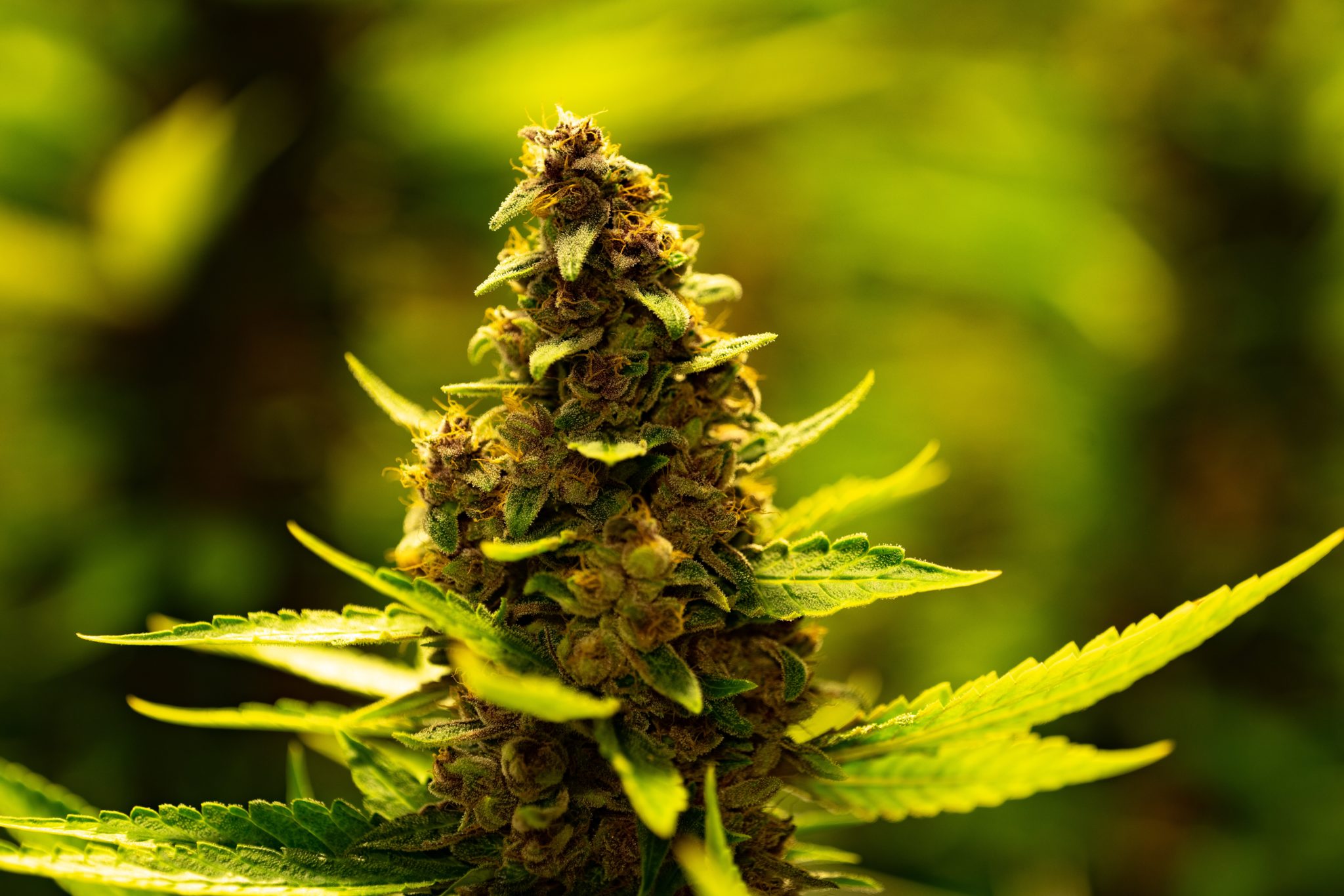News
Green Revolution: Exploring the Journey of Cannabis Plastic in Transforming Packaging Solutions
In a world grappling with environmental concerns, the quest for sustainable alternatives to traditional plastics has led to innovative solutions. One such solution gaining momentum is cannabis plastic, derived from the versatile hemp plant. As we delve into the journey of cannabis plastic from plant to product, we uncover its potential to revolutionize packaging solutions and pave the way for a greener future.
The Role of Hemp in Cannabis Plastic

Hemp, a versatile strain of the cannabis plant, is increasingly recognized as a pivotal player in the realm of sustainable materials, particularly in the production of bioplastics, also known as cannabis plastic. Unlike conventional plastics derived from fossil fuels, hemp-based plastics offer a renewable and eco-friendly alternative. One of hemp’s most compelling attributes is its rapid growth cycle, with some varieties reaching maturity in as little as three to four months. This quick turnaround makes hemp cultivation highly efficient, requiring fewer resources and inputs compared to traditional plastic feedstocks. Furthermore, hemp cultivation typically involves minimal pesticide and herbicide use, reducing the environmental impact associated with chemical runoff and soil contamination. As a result, hemp-derived bioplastics represent a promising avenue for reducing reliance on fossil fuels, mitigating plastic pollution, and advancing sustainability efforts across various industries.
Extraction and Processing: Turning Hemp into Polymer
The process of turning hemp into cannabis plastic begins with the extraction of cellulose from hemp stalks, marking the initial step towards creating sustainable packaging solutions. Hemp, a versatile plant renowned for its robust fibers, serves as the primary source of cellulose for cannabis plastic production. Advanced extraction techniques are employed to isolate cellulose from the hemp stalks, separating it from other components such as lignin and hemicellulose. Once extracted, the cellulose undergoes further processing to be converted into biodegradable polymers, the cornerstone of cannabis plastic. This transformation involves breaking down the cellulose molecules and reconfiguring them into long chains, forming polymers that possess desirable properties for packaging materials, such as durability and flexibility. By harnessing the natural properties of hemp-derived cellulose, the production of cannabis plastic exemplifies a sustainable approach to packaging, offering an eco-friendly alternative to traditional petroleum-based plastics.
Formulation and Innovation: Customizing Cannabis Plastic Properties

Cannabis plastic represents a revolutionary approach to sustainable packaging, offering manufacturers unprecedented versatility in material properties. This innovative material allows for the customization of various attributes, ensuring that packaging meets specific product requirements while upholding sustainability standards. One of the key advantages of cannabis plastic is its flexibility, which can be adjusted to accommodate different packaging shapes and sizes, providing manufacturers with greater design freedom. Additionally, the durability of cannabis plastic can be fine-tuned to withstand various environmental conditions, ensuring product integrity throughout its lifecycle. Furthermore, the lightweight nature of cannabis plastic contributes to reduced transportation costs and carbon emissions, aligning with eco-conscious practices. By harnessing the formulation and innovation capabilities of cannabis plastic, manufacturers can not only meet the evolving needs of consumers but also contribute to a more sustainable future for the packaging industry.
Manufacturing Processes: Shaping the Future of Sustainable Packaging
In modern manufacturing facilities, cannabis plastic undergoes a series of intricate processes to emerge as sustainable packaging solutions poised to revolutionize various industries. Through meticulous molding and precise extrusion techniques, raw cannabis plastic materials are transformed into versatile packaging designs tailored to meet specific needs. These state-of-the-art processes leverage cutting-edge technology to ensure the highest standards of precision and efficiency, contributing to the widespread adoption of cannabis plastic in diverse sectors. From intricate shapes to customized sizes, manufacturers can harness these advanced manufacturing techniques to produce packaging solutions that not only meet but exceed industry standards for sustainability and functionality. As a result, cannabis plastic stands at the forefront of shaping the future of sustainable packaging, offering a compelling alternative that aligns with evolving environmental priorities and consumer demands for eco-friendly products.
Application Across Industries: Embracing Cannabis Plastic in Packaging

Cannabis plastic represents a groundbreaking innovation with vast applications across diverse industries. From the food and beverage sector to cosmetics and beyond, businesses are increasingly turning to cannabis plastic as a sustainable packaging solution. Its versatility and performance qualities make it an attractive choice for companies seeking eco-conscious alternatives. In the food and beverage industry, cannabis plastic offers excellent barrier properties, preserving freshness and extending shelf life while reducing environmental impact. In cosmetics, its biodegradability and non-toxic nature align with the growing demand for green beauty products. Additionally, cannabis plastic’s versatility allows for customization, enabling brands to create unique packaging designs that resonate with environmentally conscious consumers. As sustainability continues to drive consumer preferences and industry standards, cannabis plastic emerges as a promising solution for businesses looking to reduce their carbon footprint and embrace responsible packaging practices across various sectors.
Environmental Impact: Reducing Plastic Pollution and Carbon Footprint
The widespread adoption of cannabis plastic presents a promising solution in the global fight against plastic pollution and climate change. Unlike traditional petroleum-based plastics, cannabis plastic is derived from renewable plant sources, making it inherently more sustainable. By transitioning to biodegradable materials like cannabis plastic for packaging purposes, businesses can significantly reduce their carbon footprint and lessen the burden on landfills. Moreover, cannabis plastic offers a closed-loop solution, as it can decompose naturally at the end of its lifecycle, returning valuable nutrients to the soil and minimizing environmental harm. This shift towards sustainable packaging aligns with the principles of a circular economy, where resources are reused, recycled, or repurposed, rather than discarded after a single use. Ultimately, the adoption of cannabis plastic not only addresses the pressing issue of plastic pollution but also contributes to building a more resilient and environmentally conscious society for future generations.
Future Prospects and Challenges: Navigating the Path Ahead
As cannabis plastic emerges as a promising alternative in the realm of sustainable packaging, it is poised to revolutionize the industry. However, navigating the path ahead entails addressing a series of challenges while capitalizing on prospects. One of the primary hurdles is overcoming regulatory barriers, as the legal landscape surrounding cannabis products continues to evolve. Clear regulations and guidelines are essential to ensure compliance and instill consumer confidence in cannabis plastic. Additionally, scaling production to meet the growing demand presents logistical challenges that require innovative solutions and investment in infrastructure. Furthermore, educating consumers about the benefits of cannabis plastic, such as its biodegradability and reduced environmental impact, is crucial for widespread adoption. Despite these challenges, the prospects for cannabis plastic are promising, offering a sustainable solution to address the pressing issue of plastic pollution while paving the way for a more environmentally conscious future.
Conclusion
From its humble origins in hemp cultivation to its transformative role in packaging innovation, the journey of cannabis plastic underscores the power of nature-inspired solutions in addressing global environmental challenges. As businesses and consumers alike embrace sustainability, cannabis plastic stands poised to lead the way towards a greener, more resilient future.


